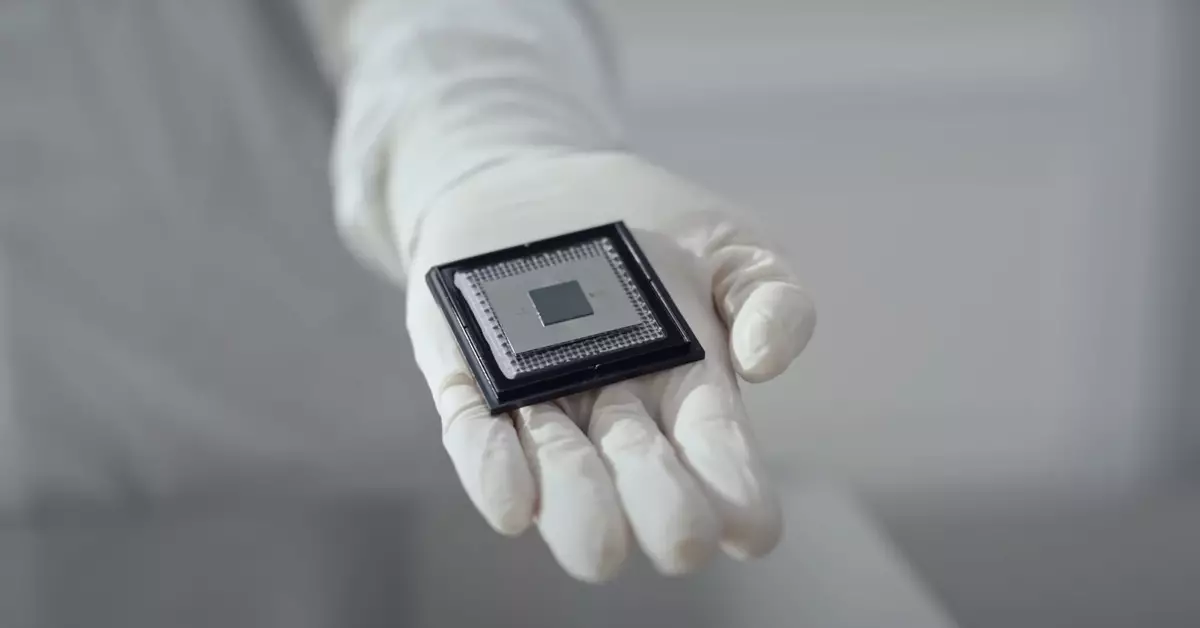Over the past few years, the buzz surrounding quantum computing has reached a fever pitch, with experts predicting a future where current encryption methods may be rendered obsolete. The allure of quantum technology lies in its ability to process information at speeds unimaginable to classical computers. Yet, recent insights suggest that we may be further from realizing its full potential than once thought. One of the key players in this space, Google, has introduced its Willow chip, claiming significant computational capabilities—but is it truly a threat to existing security protocols?
In conversations with Google, Charina Chou, the COO of Google Quantum AI, emphasized that the Willow chip is not designed to compromise modern cryptographic systems. While the chip has been touted for its remarkable potential to tackle computational challenges in a fraction of the time it would take traditional supercomputers—solving problems in five minutes that would take ten septillion years—reinterpretation of this boast reveals its limitations. Presently, Willow operates with 105 physical qubits, a far cry from the millions speculated to be required to crack RSA encryption.
Chou highlighted that estimates place us at least a decade away from possessing a quantum computer capable of significantly undermining traditional encryption methods, particularly RSA, which remains a cornerstone of digital security. Notably, even with impressive claims from Chinese researchers regarding the potential for smaller quantum machines to challenge RSA, skepticism persists among security experts regarding the practicality and effectiveness of such approaches.
The implications of a successful quantum breach would be groundbreaking and potentially catastrophic. The White House issued a stark warning in 2022 about the national security risks posed by the development of a “cryptanalytically relevant quantum computer” (CRQC). Such machines, if realized, could compromise everything from civilian and military communications to key components of critical infrastructure. In response to the growing threat landscape, U.S. agencies are required to transition to new cryptographic systems by 2035 to significantly mitigate these risks.
Despite the promising advances made in quantum computing, the immediate future still necessitates a shift towards robust post-quantum cryptography (PQC). As revelations from the Edward Snowden leaks demonstrated the realities of espionage and cyber vulnerabilities, organizations from tech giants like Google to government entities are racing to develop and implement standards for PQC.
The urgency for new encryption standards led to the establishment of a competition by the National Institute of Standards and Technology (NIST) back in 2016, aimed at creating frameworks capable of resisting quantum attacks. Recently, NIST finalized three algorithms and laid out guidelines for integrating these standards, with further selections anticipated by year’s end.
As we stand on the brink of a quantum revolution, the ongoing developments highlight the necessity for both businesses and individuals to remain vigilant and informed about emerging technologies. Understanding the trajectory of quantum computing, coupled with proactive security measures, will be vital in navigating the complexities of a future inevitably shaped by quantum advancements.

